Reasons Why Your Pipes Can Burst
A burst pipe can turn an ordinary day into an expensive mess. It doesn’t just waste water—it soaks walls, ruins floors, and drains repair funds fast. Pipes almost never fail without cause; something always sets them off. Freezing weather, shifting soil, or worn-out metal can all push your plumbing past its limit, but knowing the warning signs helps you stop trouble before it starts.
Freezing Weather Woes
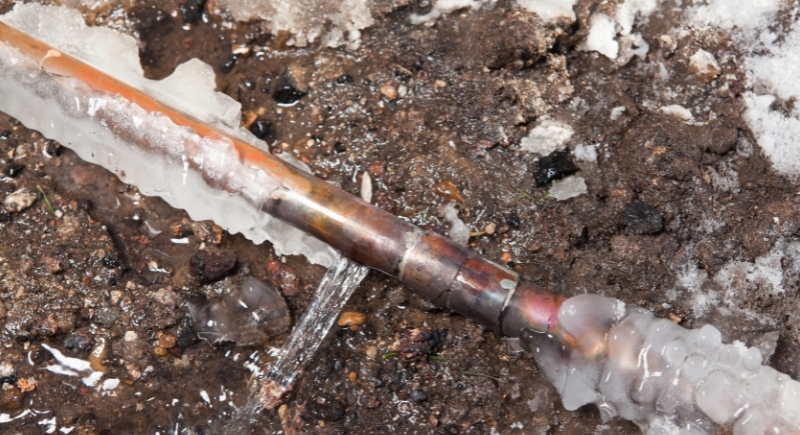
Credit: Getty Images
When temperatures fall below 32°F, water in pipes can freeze and expand, which puts intense pressure on the pipe walls. The result often looks like a split hose on a summer day. Pipes in attics, basements, and crawl spaces freeze first since they’re least insulated. Wrapping those pipes, keeping cabinet doors open, and letting faucets drip lightly can help prevent winter plumbing surprises.
The Pressure Problem
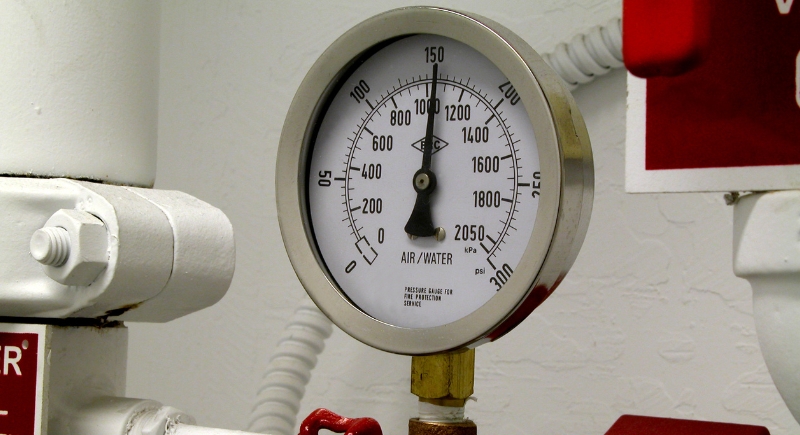
Credit: Getty Images
A strong shower is nice, but too much water pressure can strain your plumbing system. Anything over 80 psi can push pipes beyond their limits, especially older ones. The strain causes tiny fractures that worsen over time until they burst. A pressure gauge can quickly show if your system’s running too hot.
Aging Pipes Give Up
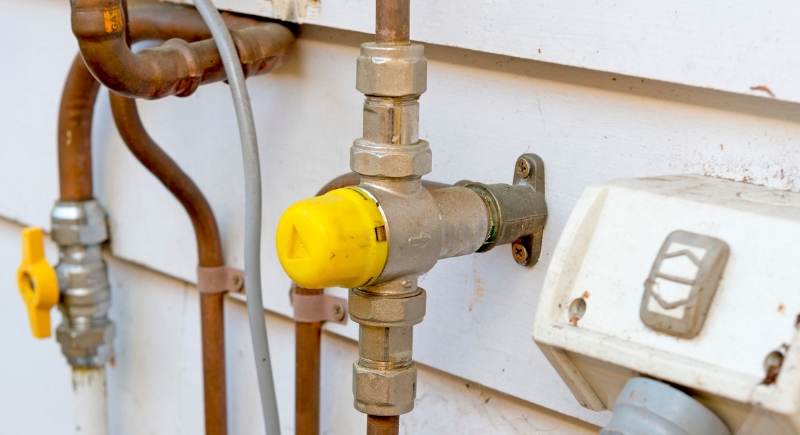
Credit: Canva
Pipes, especially metal ones, don’t last forever. Over the years, corrosion and wear eat away at the interior, which makes them fragile. Galvanized steel, common in older homes, tends to rust from the inside out. Once weakened, even normal pressure can make them burst. If your home is more than 50 years old, it’s smart to schedule a plumbing checkup.
Tree Roots on the Hunt

Credit: Getty Images
Tree roots can do serious damage underground. Drawn to moisture, they push through tiny pipe joints and keep growing until the line clogs or splits apart. Once they’re inside, the roots thicken and trap debris, slowly choking off water flow. The best defense is simple: plant large trees well away from buried pipes and have a plumber run a camera inspection every year or two to catch early signs of intrusion.
Soil Shifts and Ground Movement
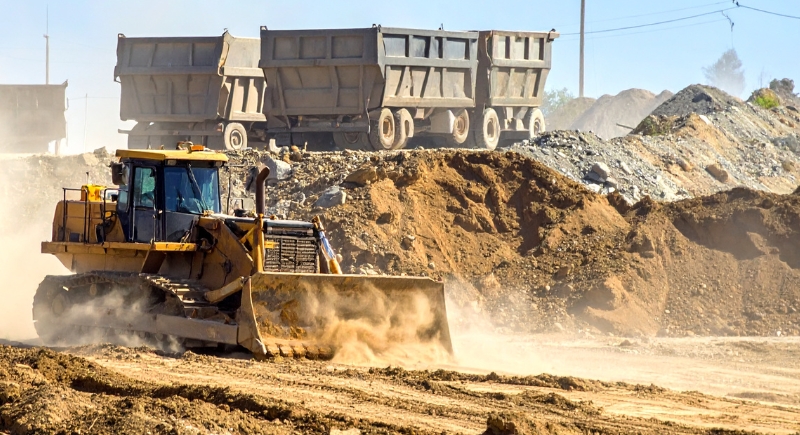
Credit: Canva
The earth beneath your home isn’t as still as it seems. Construction, erosion, or even small tremors can move soil enough to stress buried pipes. When the ground shifts, pipes bend or stretch until they finally give way. Homes in clay-heavy areas or near construction zones are most at risk.
Hard Water Build-Up
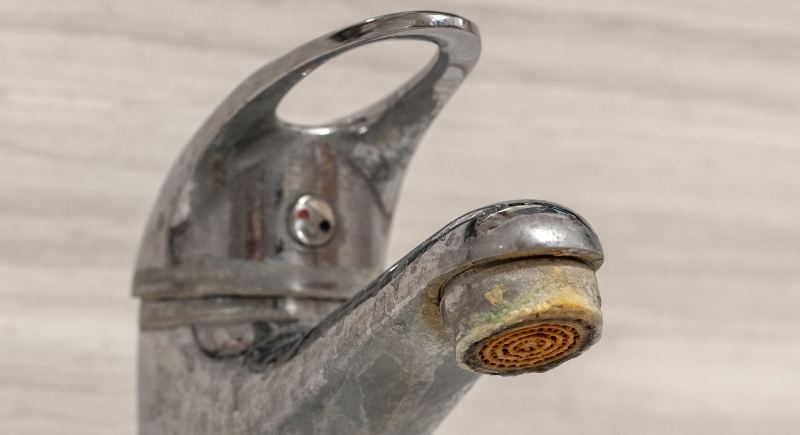
Credit: Getty Images
Mineral-rich hard water leaves deposits of calcium and magnesium that cling to the inner pipe walls. Over time, those minerals form tough, chalky layers that narrow the waterway. With less space for water to pass, pressure builds up and bursts the weakest section.
Hidden Clogs and Blockages
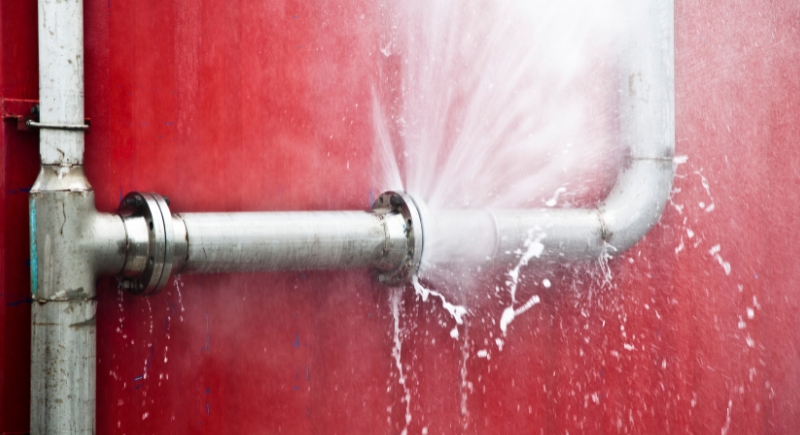
Credit: Getty Images
If you hear gurgling or see slow drains, a quick cleaning can stop a burst before it begins. Pipes can act like arteries: clogs block the flow, pressure builds, and eventually, something gives. Hair, grease, soap scum, or food debris can slowly narrow the passage until water has nowhere to go. That pressure can cause older pipes to rupture suddenly.
Installation Gone Wrong
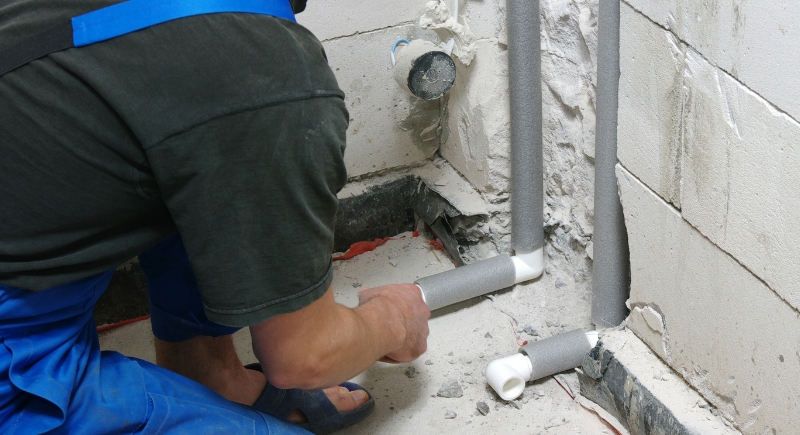
Credit: Getty Images
Sometimes the problem starts before the water ever flows. Pipes that were poorly installed (e.g., crooked joints, cheap materials, or loose fittings) don’t stand the test of time. Even minor misalignments can weaken connections, which may lead to leaks or bursts years later. Choosing a licensed plumber and quality materials ensures the foundation of your plumbing is strong and reliable.
Corrosion Sneaks In
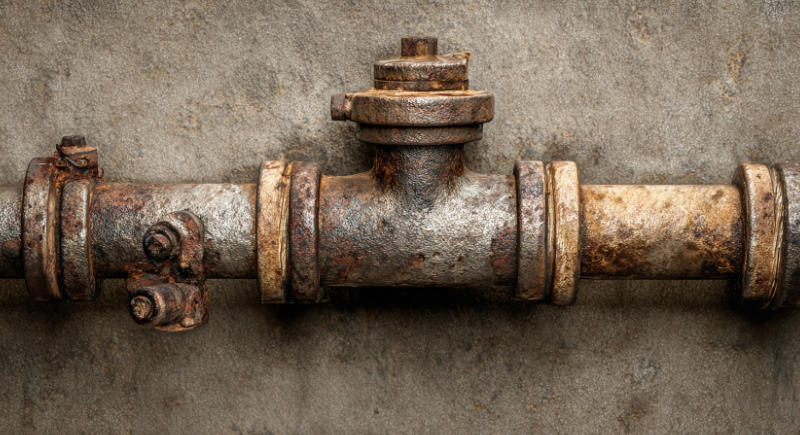
Credit: Canva
Not all damage is visible. Inside the walls, corrosion quietly eats away at metal pipes as they react with oxygen, minerals, or acidic water. Rust-colored water or reduced pressure are early warning signs. Over time, corrosion thins the metal until it gives out. Replacing old sections with corrosion-resistant copper or PEX piping can help stop this slow decay.
Accidental Damage Happens
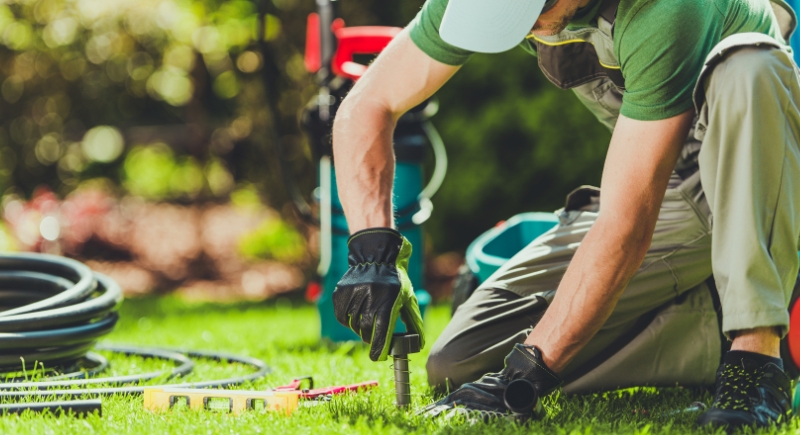
Credit: Canva
Sometimes the cause is simply human error. A misplaced nail during home repairs or a shovel jab during gardening can puncture a hidden pipe. Even a tiny dent can grow into a full break later. Before drilling, hammering, or digging, always know where your pipes run. A quick check can save you from turning a DIY project into a plumbing disaster.